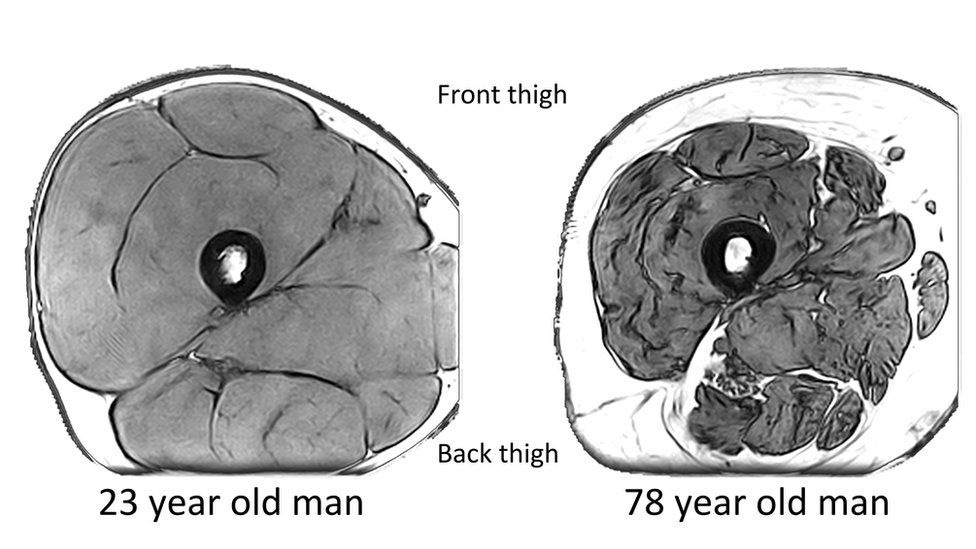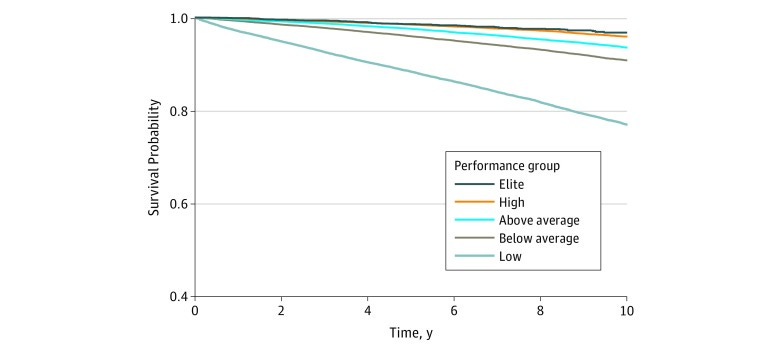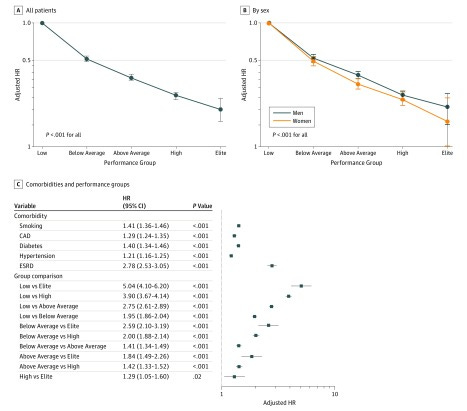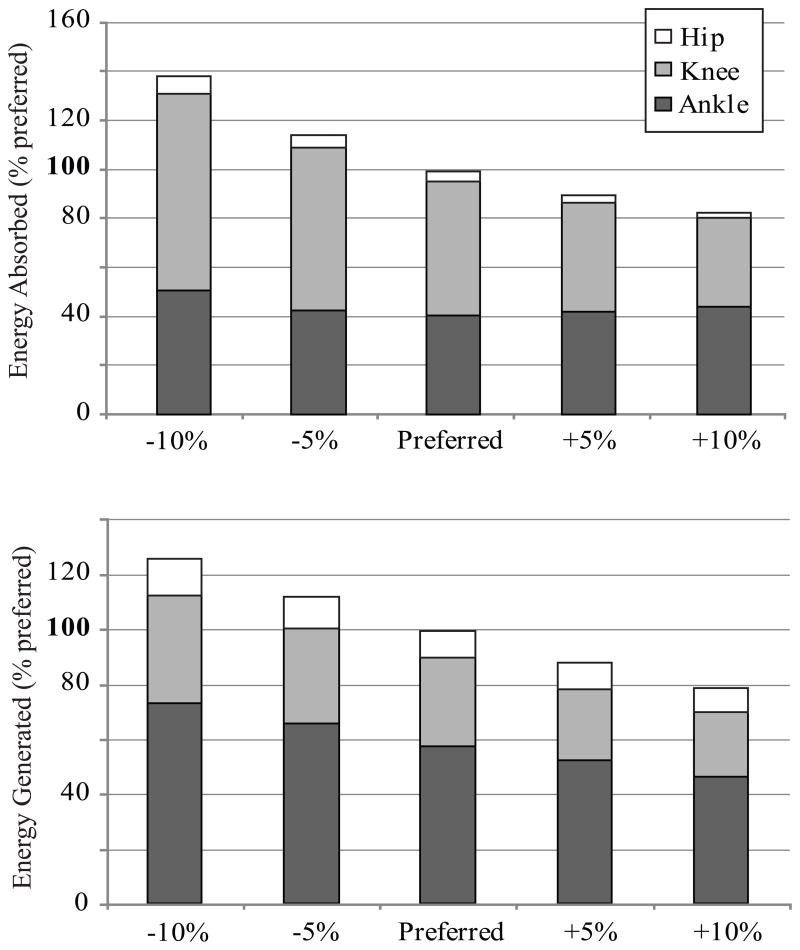Newsletter 111: Navigating the path to longevity
Consider this: Our entire existence unfolds within our body. The one vessel we navigate life with and cannot exchange. This singular, irreplaceable home accompanies us from our first breath to our last. In turn, one may argue that our bodies deserve the highest degree of care and attention.
Yet, all too often, this isn’t the case.
I suspect that happens because, during our younger years, our capacity for recovery is remarkably good. Even when we engage in excessive drinking, reckless training without heed to injuries, or unsustainable diets.
Consequently, in our 20s, we often tend to establish habits detrimental to our well-being. Habits that become increasingly difficult to alter as we grow older.
Because of that dynamic, we often struggle to change our lifestyles later in life.
But a failure to build the right habits results in a decreased health span, paving the way for a cascade of adverse outcomes in later years.
Recently, I stumbled upon a very good analogy that explains in plain language what happens as we age:
“Think of the body as a car.
If you don't service a car, it accumulates damage over time. Eventually, that damage becomes so pervasive that the car will break down. The human body, though much more complicated, is analogous to a car in the sense that we're made up of trillions of cells. Just by being alive, through the wear and tear of everyday life, we accumulate damage, and that damage ultimately kills us.
This process is the process we call aging.”
Erik Torenberg
It is important to note that most diseases, such as cancer, Alzheimer's, and diabetes, are closely associated with aging.
Therefore, solving aging becomes a really important problem. Not only because it will improve the quality of our lives but also because it will reduce the costs to society. After all, most spending is concentrated among the elderly.
While I do not know how we will achieve that, I remain confident that we will, in time, reach our goal. By nature, I am a rational optimist. Many of my friends are founders who work tirelessly each day to address some of the world's most challenging issues. Some of them work in the realm of aging and health.
That chain of thoughts led me to start my own initiative — Thrive — a like-minded community dedicated to supporting people who want to live healthier lives.
Over the past few months, our group has expanded to about 50 members. Each of us shares a common objective: to improve our healthspan with the help of like-minded people. We continuously ask ourselves, what actions can we take today to ensure a healthier aging process tomorrow?
Every once in a while, I summarize and share some of the discussions that we are having within Thrive.
Here are some of the most interesting topics we've explored over the last month:
Empowering Runners: Strength Over Size
An outdated notion suggested that developing "bulky" legs through lifting could lead to decreased speed. Yet, strength and size aren't inherently linked.
It's entirely possible to enhance leg strength — and improve cardiovascular performance — without significantly increasing muscle mass. Moreover, adding muscle isn't detrimental by default.
Research indicates that runners experienced the most notable enhancements in running efficiency when they trained with 90 percent of their maximum weight, executing 1 to 4 repetitions.
Additionally, plyometric training also offered benefits, albeit not to the same extent as weight lifting.
Dance Away Depression: The Therapeutic Power of Movement
Turns out dancing has the largest effect of any treatment for depression.
There is a risk of bias here as people self report but I do not see any harm in trying it.
Muscle Mass: The Unsung Hero of Longevity
As we age, it is common to experience muscle loss, known as sarcopenia. After the age of 30, people can lose around 3% to 5% of muscle mass per decade, with most men losing about 30% of their muscle mass during their lifetimes. Without strength training, people can lose up to 30% of their muscle mass between ages 50 and 70, and the rate of muscle loss accelerates after 70.
Cardiorespiratory Fitness: A Lifeline at Any Age
One cardiorespiratory fitness study found that people in the low-fitness group (bottom 25%) had a 5-fold higher risk of death than the elite performers (top 2.3%).
Moreover, having a low VO2 max presented similar mortality risks as diabetes, heart disease, & smoking.
The Formula for Reducing Running Injuries
According to this scientific study, increasing your current cadence by 7.3% results in a decrease of 5.6% in peak force.
To be a bit more specific, another study shows that significantly less energy is absorbed in the knee and hips when you increase your preferred cadence by 10%. In other words, there is less impact on your knees and hips when increasing the step rate.
FORMULA FOR RUNNING CADENCE:
Cadence (SPM) = Total amount of steps (left and right) ÷ Time (minutes)
Processed Foods: A Double-Edged Sword for Mental and Cognitive Health
Recent studies indicate a correlation between the frequency of consuming ultra-processed foods and an increased likelihood of experiencing depression or anxiety. These foods are designed to enhance appeal by adding salt, sugar, fat, hydrogenated oils, chemical additives, artificial sweeteners, emulsifiers, and preservatives.
Furthermore, an investigation involving over 11,000 individuals revealed that cognitive decline was 28 percent more likely in those who derived more than 20 percent of their caloric intake from ultra-processed foods.
Dietary Defense: Fiber's Role in Dementia Prevention
Research indicates that a fiber-rich diet could lower the risk of developing dementia. Scientists dedicated nearly 35 years to exploring the possible link between dietary fiber and dementia. Initially, they documented the dietary habits of over 3,700 individuals for 14 years, then monitored their health for the subsequent 21 years. The findings showed that those who consumed the highest amounts of fiber had the lowest incidence of dementia, particularly noting that soluble fiber intake seemed to offer more protection.
This study didn't establish a cause-and-effect relationship, so the exact reason behind these observations remains unclear. However, the outcomes could be tied to the intriguing connection between gut health and brain function. Fiber is known to enhance gut microbiota, and other research has suggested that healthier gut microbes can help reduce brain inflammation and avert dementia.
Alternatively, the protective effect might simply result from the general health benefits associated with high fiber intake, such as maintaining a healthy weight and lowering blood pressure levels, lipids, and blood sugar—all factors contributing to a reduced risk of dementia.
Sipping Your Way to Better Sleep: The Tart Cherry Juice Solution
If you're looking for a remedy that helps initiate and sustain sleep without adverse effects, tart cherry juice emerges as a promising natural sleep enhancer.
Various factors influence sleep quality, including stress levels, daily physical activity, and nighttime technology use.
Addressing these areas is crucial for improving sleep. Once you've mitigated common sleep disturbances, incorporating tart cherry juice into your routine could offer additional benefits. Rich in melatonin and capable of boosting tryptophan levels, it supports the body's natural melatonin production, fostering improved sleep patterns.
Research indicates that tart cherry juice can significantly impact sleep quality. Studies show that individuals consuming tart cherry juice tend to fall asleep quicker, enjoy prolonged sleep duration, and experience an increased proportion of restorative deep sleep.
Bonus: Calorie and Nutrient Tracking Made Easier
I love this app. Take picture, upload it to Telegram and you get an overview of the calories, macros, and ingredients in your meal. There is a free and paid version. While the bot is not always accurate, it’s much better than I expected. Give it a try.
Exploring Health with Thrive: Community Conversations and Events
If this content resonates with you, you should join Thrive. Our daily discussions are deep dives into topics precisely like the ones mentioned. But our engagement goes beyond such studies. We organize health-centric events that span from dynamic running drills to sessions with experts on nutrition (coming soon!), VO2 Max and methods to elevate skin care practices (took place a week ago).
Here's what our members have to say about their experience with Thrive.
The membership, at $10 per month, offers these benefits:
Health-related discussions you can trust — we always share scientific information and links so you can verify the findings yourself.
A curated database with resources on exercise, tools, and educational content, all selected for your benefit.
Unlimited participation in our events. Whether you're looking to join an offline running drill or an online knowledge exchange session, you're always welcome.
Exclusive discounts from leading partners, including longevity clinics, gyms, sports labs, and consultants in Singapore and beyond.
Access to a diverse group of like-minded people.


















